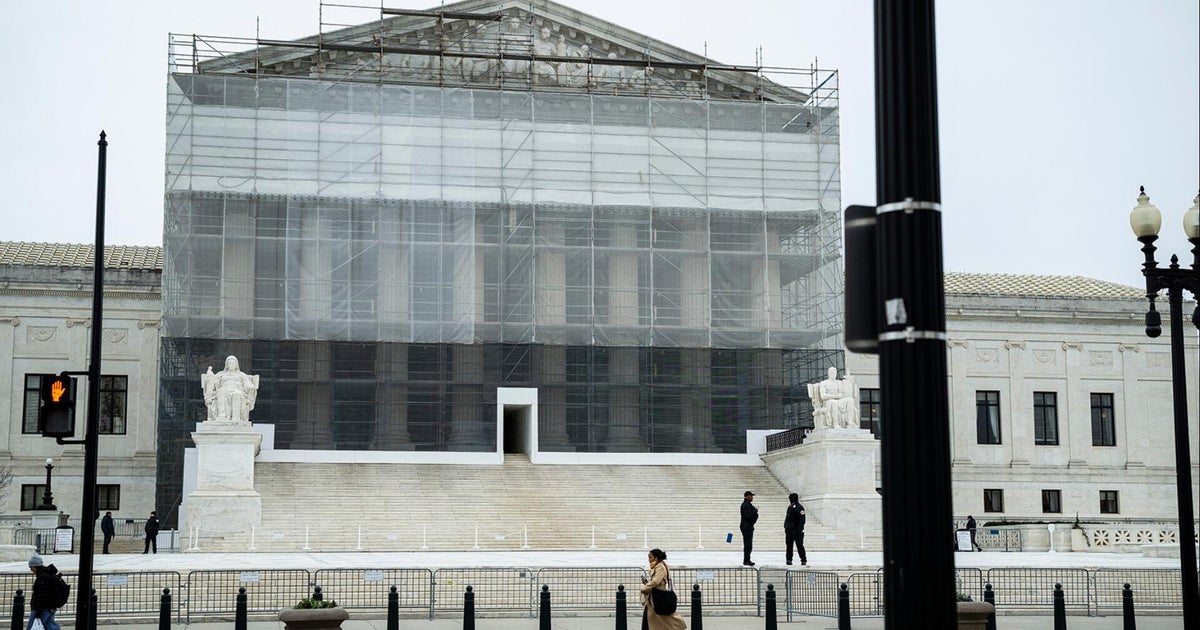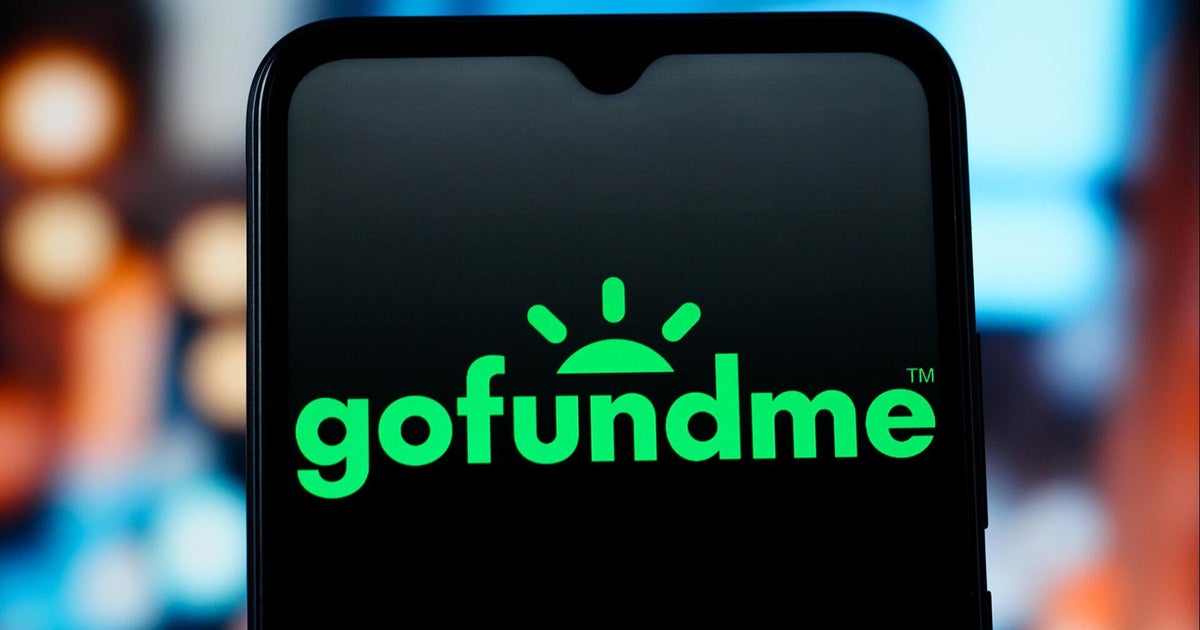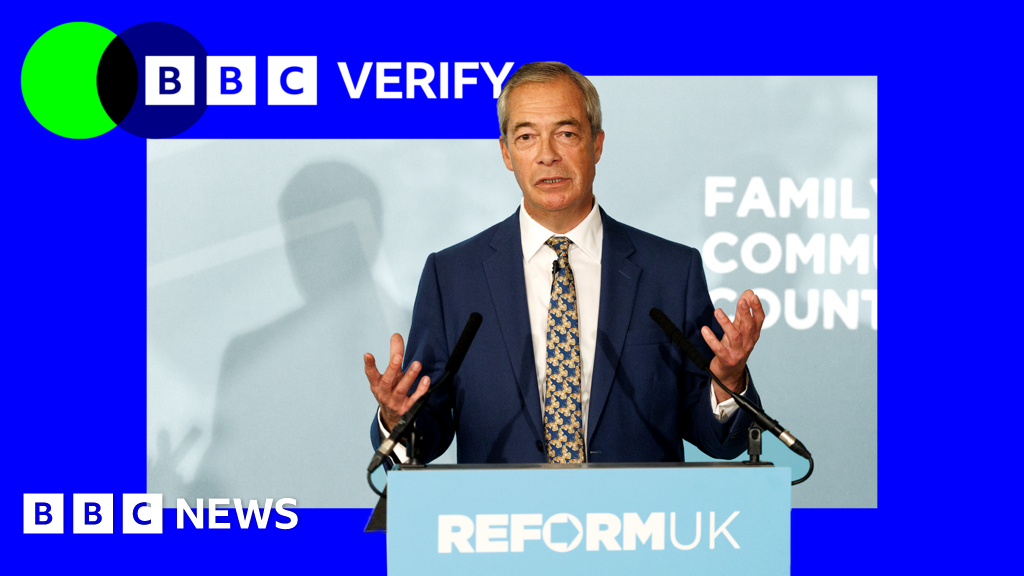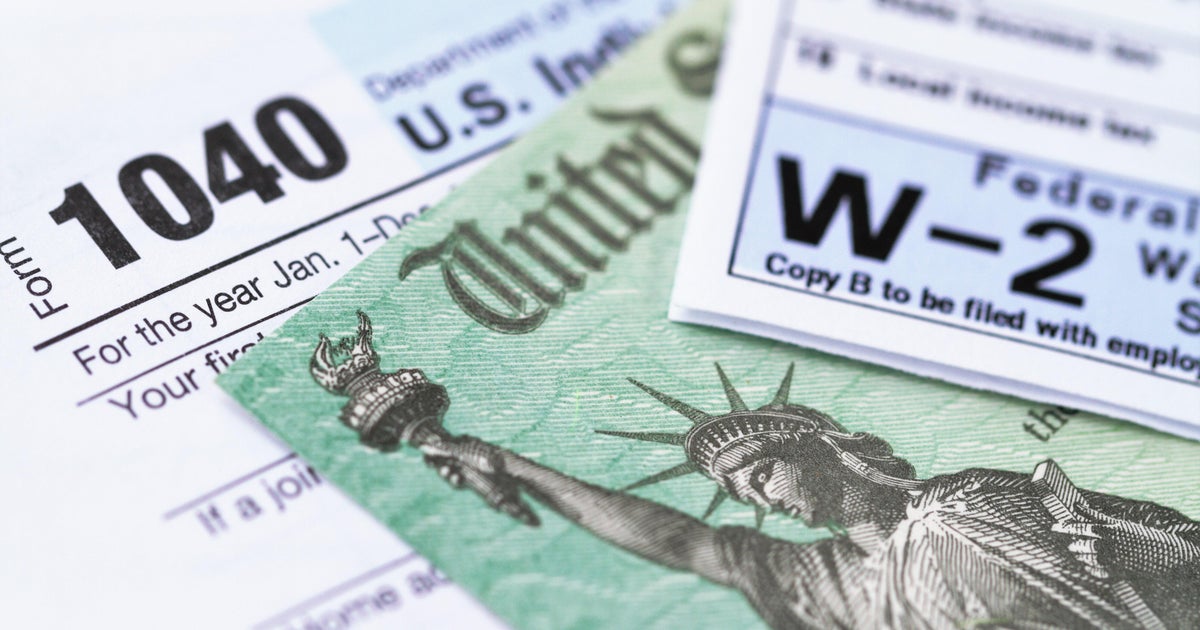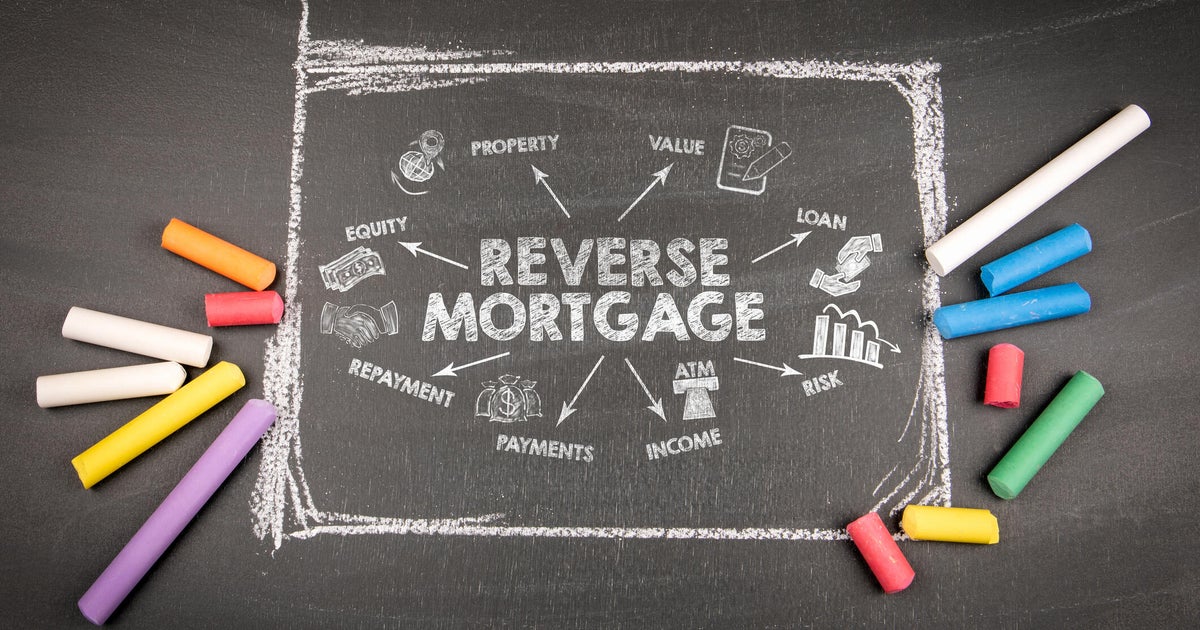 Your home can be a valuable and inexpensive borrowing source in today's economy.
manusapon kasosod/Getty Images
Your home can be a valuable and inexpensive borrowing source in today's economy.
manusapon kasosod/Getty Images
On the surface, borrowing a relatively small amount of money like $15,000 from your home's equity may not make sense.
With the average home equity amount now around $300,000, withdrawing such a small amount from such a robust funding source may seem unusual for some homeowners. And with the home serving as collateral in these circumstances and the possibility of being able to simply borrow the same amount with a personal loan or credit card, many would be forgiven for overlooking their home equity borrowing options now.
But that may be a mistake, particularly if it means missing out on the affordability a home equity line of credit (HELOC) now offers. Interest rates on HELOCs are comfortably below 8% currently, making them one of the cheapest ways to borrow money overall in today's economy. And the variable rates on HELOCs are particularly advantageous now as costs here are poised to decline further alongside a declining federal funds rate. Unlike personal loans and credit cards, this interest may even be tax-deductible if the HELOC is utilized for select home projects. That makes concerns over today's relatively low rate even less pressing if homeowners know it'll pay off in the form of a lower tax bill next spring.
Still, it's always important to calculate the borrowing costs of any product before formally applying and even more so with a HELOC, which leverages your home's equity (and can result in foreclosure if you're unable to make payments). So, how much does a $15,000 HELOC cost monthly now? And is it worth opening? Below, we'll detail the answers to both critical questions.
Begin by seeing how much home equity you'd be eligible to borrow here.
Here's how much a $15,000 HELOC costs monthly now
Calculating the repayment costs of a HELOC always requires a bit of speculation, thanks to the product's variable rate. Here's what it costs now, calculated against today's average rate and two common repayment periods, on the assumption that rates remain static:
- 10-year HELOC at 7.84%: $180.73 per month
- 15-year HELOC at 7.84%: $141.97 per month
For reference, here's what a HELOC of this same size cost in April, when rates were higher:
- 10-year HELOC at 7.90%: $181.20 per month
- 15-year HELOC at 7.90%: $142.48 per month
And here's what it cost in December 2024 when rates were even higher:
- 10-year HELOC at 8.53%: $186.22 per month
- 15-year HELOC at 8.53%: $147.97 per month
Monthly payments here, then, are both cheaper than they were six months ago and even less expensive than they were at the end of 2024. But the rate differential isn't so stark, either, as to make this the clear, best home equity borrowing choice. It's important to closely compare it against what home equity loans also offer now to make an informed decision about your next steps.
Compare your current HELOC and home equity loan options here to learn more.
Why a $15,000 HELOC can be worth opening
Not only are payments here relatively affordable now, and not only are they likely to further decline in cost alongside a lower rate climate, but a HELOC of this size is also much more manageable. Home equity lenders require most borrowers to maintain a 20% equity buffer in the home, which a HELOC of this size won't likely jeopardize. And it also won't dramatically reduce your home equity value, either, allowing you to borrow more in the future, if needed.
Finally, remember that, unlike a home equity loan, in which full repayments are required, interest-only payments are mandated during the HELOC's initial draw period. That will make the above payments even lower than calculated initially.
The bottom line
This October, a $15,000 HELOC comes with monthly payments ranging from $142 to $181, approximately, for qualified borrowers. And they may be even lower for those who elect to begin with interest-only payments, the minimum many home equity lenders will require. Just be sure to account for rate (and payment) volatility ahead, as the variable rate nature of this unique borrowing product requires long-term flexibility to maintain the repayment schedule as agreed to.
Edited by Angelica Leicht















